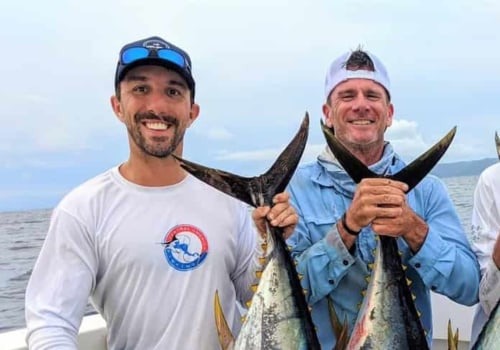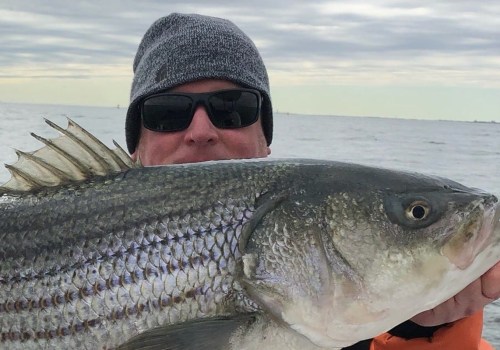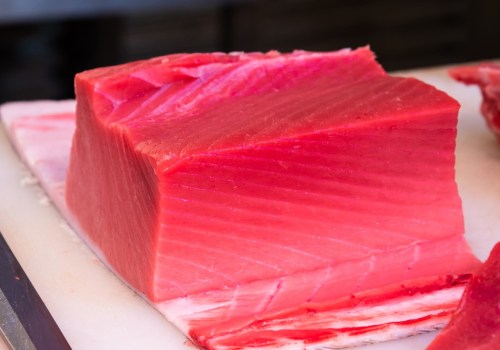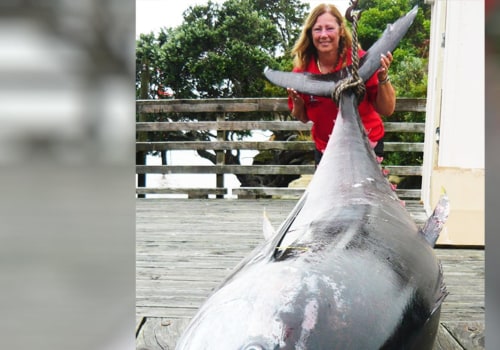Live bait is usually the most productive method for fishing for yellowfin tuna. Once you've established the stain, start throwing the bait adrift, which should be a full version of the chunks you're using. Herring is usually my favorite bait in the Gulf of Maine because it is the main source of tuna, although butter is a good second choice. Although this species tends to be more common in deep-sea canyons south of Montauk (New York), giants have even been caught on Prince Edward Island; it is a favorite of bluefin tuna.
Mackerel is a great bait for bluefin tuna, but be careful early in the season. Mackerel is very fat and is a favorite of blue sharks. When these sharks get into your place, there's usually nothing you can do but pick them up and move them somewhere else. They're aggressive, attack your leaders, and even chase after hooked tuna.
Squids are another option, but only as bait in the form of a hook, not as a piece (they don't have the pungent smell of others and are too expensive to use as shrimp). Either way, I always come up with at least two types of bait to give me an alternative in case tuna is picky. This classic acrylic jet head with plastic skirt made by Sevenstrand is probably one of the best tuna lures of all time. Whether mounted alone or in series, the action and the resemblance to the ballyhoo are too similar for tuna to resist.
Excellent information on tuna. I'm a newbie and would love to have a bigger boat to get into the water in more turbulent seas. They are not usually food for humans, but ground Menhaden chum usually attracts tuna and whole fish as bait. For purely sporting purposes, there is nothing better than hooking up a school tuna with rotating equipment and listening to the crawl cry as the fish plunges straight down.
While trolling is usually the most common way to catch bluefin tuna in the Gulf, cutting into pieces can be just as effective and considerably more stimulating. The size of the ballyhoo you want to use as bait depends on the size of the fish you want to catch. The best tuna bites usually take place at dawn, so the best time to be well prepared with a good kick to the stern is before the sun rises over the horizon. On quiet, quiet days (the worst conditions for tuna fishing) or when tuna is enduring deeper, a small plumb line will be necessary.
The venerable cedar stopper, an effective lure originally used by commercial fishermen, still represents a significant part of tuna in every season. Take the time to get organized and have everything perfectly prepared, which will put you in an optimal position to return home with a tuna in the fridge. Fake flying fish, which are usually equipped with a bird or in series with a chugger, represent an important part of the tuna diet without making a mess. While some tuna fishermen are still in favor of the monkey (due to the stretch factor), I prefer the extreme strength of the braid and the fact that it allows me to use a smaller reel.
Tunas have exceptional vision and tend to pick up the braid faster than monkeys, so wear a transparent, pink or silver jumpsuit and take your time connecting. When there is a decent amount of current and wind, and the tuna is in the top 30 meters of the water, try placing baits adrift without sinking.




Leave Message